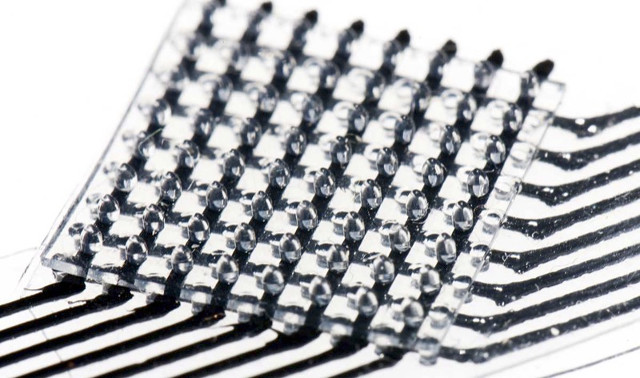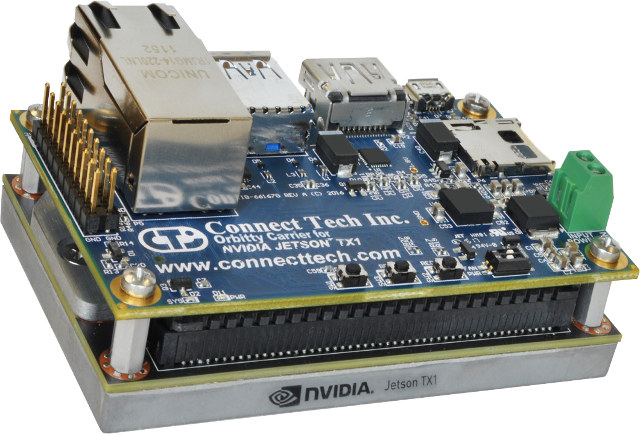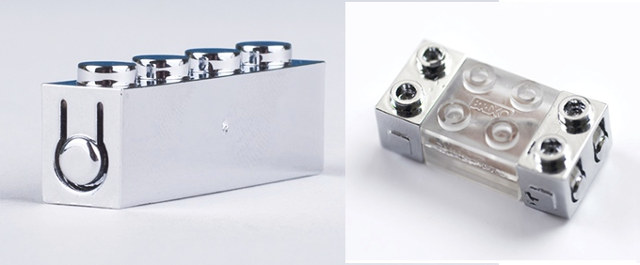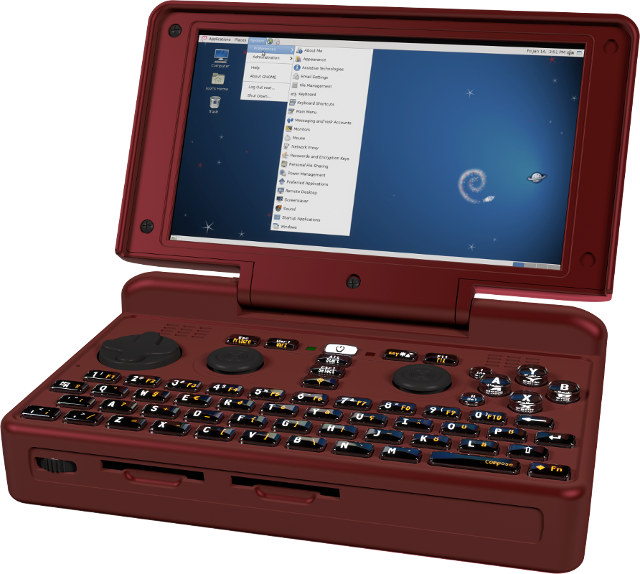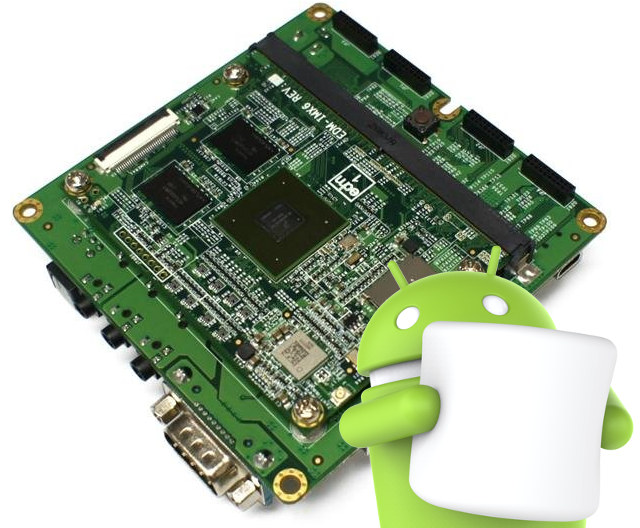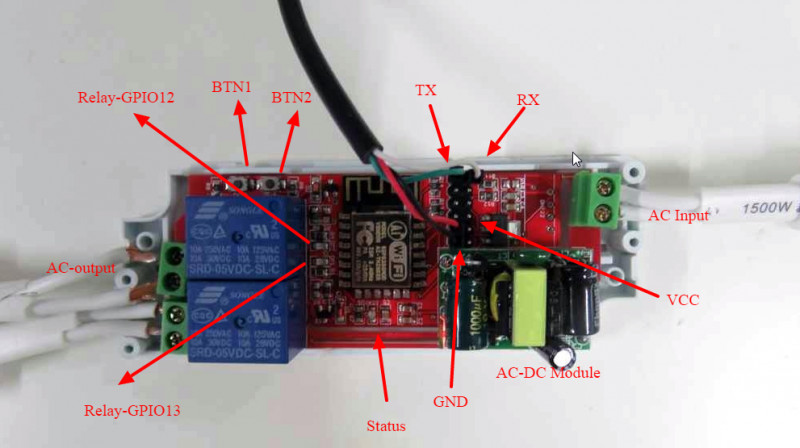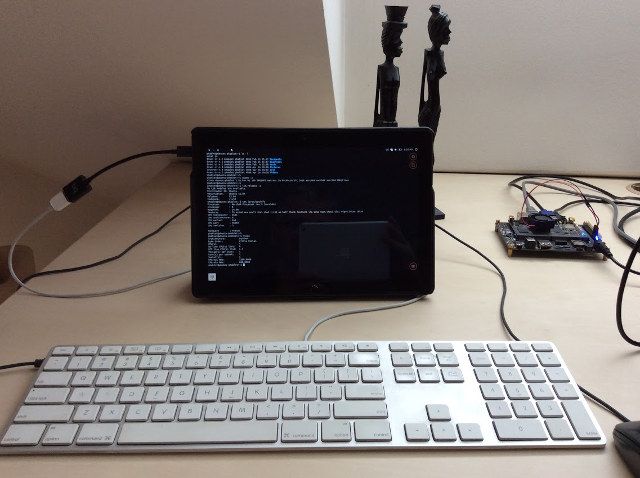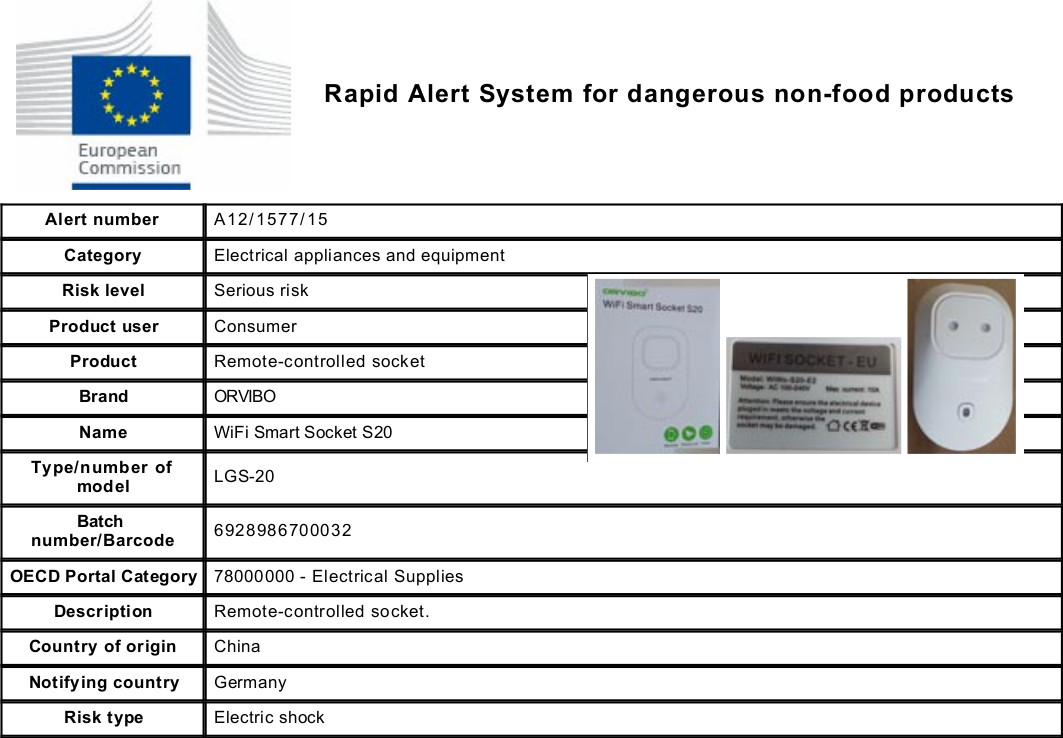With the advance of smartphones and other mobile devices, we’ve all been used to capacitive touch screens, but Tacterion, a German company born out of the Institute of Robotics and Mechatronics, at the German Aerospace Center, has designed “artificial skin” sensors that bring capacitive touch and other features to all sort of materials. Since the company wants to protect its IP they don’t disclosed much details about the inner working of their sensors: The patent protected technology is completely polymer-based. The technological principle are sensitive elements that measure based on transition resistivity: The more pressure is exerted on the polymer-based, electrically conducting elements, the lower the transition resistivity is, which is being measured continuously. Using our highly integrated high-speed readout electronics, a matrix of sensor elements can be combined to form sensitive surfaces. The readout electronics provides information regarding pressure and its distribution at a frame rate of 400 Hz. […]
Orbitty is a $175 Carrier Board for Nvidia Jetson TX1 System-on-Module
Connect Tech had already launched Astro carrier board for Nvidia Tegra X1 based Jetson TX1 CPU module, which they also integrated into Rosie Military Grade Embedded mini PC. Since them the Canadian company had also introduced a low cost “Elroy” carrier board , and more recently, a third cheaper baseboard called Orbitty selling for $175 and up, and including Gigabit Ethernet, USB 3.0 & 2.0 ports, HDMI, and more. Orbitty (ASG003) carrier board specifications: Compatibility – Nvidia Jetson TX1 system-on-module Storage – micro SD slot Video & Audio Output – 1x HDMI Connectivity – Gigabit Ethernet (RJ45) USB – 1x USB 3.0 port, 1x micro USB 2.0 OTG port Expansion Header – 20-pin header with 2x 3.3V UART, I2C, 4x GPIO, etc… Power Supply – 9 to 19V DC via terminal block Dimensions – 87 x 50mm Operating Temperature – -40°C to +85°C The carrier board targets robotics and unmanned […]
Brixo are LEGO Blocks for IoT and Robotics Applications (Crowdfunding)
Brixo, an Israeli start-up, has designed LEGO compatible blocks – also called Brixo – that conduct electricity, embed sensors, Bluetooth connectivity LED lights, or even motors. You simply use them as any LEGO blocks, but you can control them using light, sound, or your smartphone. There are three type of blocks Connector blocks – Made of chrome and used to connect the trigger blocks to the action blocks. They act like wires. Trigger blocks – They include Bluetooth connectivity, a proximity sensor, a light sensor, or/and a sound sensor Action blocks – LED lights or motors blocks They also have a smart battery block with Bluetooth LE designed for a 9V rectangular battery. Now get some of your existing LEGO accessories, and start having fun. The demo below shows the battery block on the right, some connector blocks, and various triggers and action blocks. You don’t even need any smartphone […]
Pyra Open Source Debian Handheld Computer & Game Console is Now Available for Pre-order
The development of Pyra open source portable gaming console started in 2014, and after over two years of hard work, the developers are now ready to take pre-order of the Texas Instruments OMAP 5 powered device running Debian Linux. Pyra handheld specifications have changed a little bit since the announcement two years ago: SoC – Texas Instruments OMAP 5432 SoC with 2x ARM Cortex-A15 @ 1.7Ghz with NEON SIMD, 2x ARM Cortex-M4, Imagination Technologies PowerVR SGX544-MP2 GPU for 3D graphic, and Vivante GC320 GPU for 2D graphics System Memory – 2GB or 4GB RAM Storage – 32 GB eMMC flash, 2x SDXC card slot, 1x internal micro SDXC card slot Display – 720p 5″ LCD with resistive touchscreen Video Output – micro HDMI Audio I/O – High-quality speakers, analog volume wheel, headset port, built-in Mic Gaming controls – D-Pad, 4x shoulder buttons, 6x face buttons, 2x accurate analog controls with […]
Wandboard Development Boards Get Android 6.0 Marshmallow Support
Wandboard development boards powered by Freescale i.MX6 Solo, Dual and Quad Cortex A9 processors were released over 3 years ago with Android 4.1 Jelly Bean. Contrary to many other boards that don’t get an updated version, Wandboard boards got support for Android 4.4 Kitkat, Android 5.x Lollipop, and now the community has recently released Android 6.0 Marshmallow. You can try the Android 6.0 SD card image as follows:
|
1 2 3 |
wget http://download.wandboard.org/wandboard-imx6/android-6.0/wandboard-all-android-6.0.1-sdcard-20160428.zip unzip wandboard-all-android-6.0.1-sdcard-20160428.zip sudo dd if=wandboard-android-6.0.1-ga-20160428-sdcard.img | pv | sudo dd of=/dev/sdX bs=16M |
Where /dev/sdX is the device for your SD card. If you can remember the first Jellybean release had separate images for each version of the board, but thanks to device tree implementation, a single image is now released with all three versions. The full source code is also available in a 5.0 GB tarball. Since Freescale, now NXP, i.MX6 processors will be available until November 2022, we can most probably expect a few more Android releases for the board. Jean-Luc Aufranc […]
Electrodragon WiFi IoT Relay Includes ESP8266 Module, AC Power, and Enclosure for $6
Thanks to ESP8266, the cost of WiFi relays has dramatically come down, but so far, I could not find an all-in-one solution with ESP8266, relay, AC power and enclosure, and for example I’m still using NodeMCU board, a relay board, a USB power supply, and put all that into a plastic jar in order to control a water pump. It works but it’s not ideal, and solutions like Wemos D1 mini with relay shield improves things further, but Electrodragon has come with a connect-and-play WiFi IoT relay that integrates everything including the case for $6 + shipping. Wifi IoT Relay Board Based on ESP8266: WiFi module – ESP-12F based on Espressif ESP8266EX WiSoC Relays – 2x Songle SRD-05VDC-SL-C relays supporting 125VAC/10A, 250VAC/10A, 30VDC/10A, 28VDC/10A Input/Output – 3x terminal blocks for relay and power Expansion – 12-pin header with Rx/Tx, GPIO4, Btn2, GPIO15, 5V/GND, ADC, GPIO5, Btn1, OUTPUT1, and 3V3 Debugging […]
Setup Guide & Mini Review of BQ Aquaris M10 Ubuntu Edition Tablet from a Developer’s Perspective
BQ Aquaris M10 UBuntu Edition is the first officially supported Ubuntu tablet on the market. Blu, a frequent commenter on this blog, has purchased the Full HD version, and in the guest post below, shares his experience setting up the device for development purpose, before shortly providing his overall impressions about the tablet itself. Quick introduction Ever since I had to retire my trusty-but-ancient ARM notebook (a Genesi Efika iMX51) I’ve been looking for a new ARM notebook or perhaps a 2-in-1 device, that I could use for development on the go. The basic requirements are long battery life, passive cooling and reasonable price. Also, Just Enough Power™ for running vim, a couple of toolchains (gcc/clang with gold) and, well, enough grunt to run my coding experiments. Naturally, BQ M10 Ubuntu Edition immediately got my attention to the extent of me placing an order, which got delivered this past week. […]
The European Version of Orvibo Wiwo S20 Smart Socket Has Been Found to Pose a “Serious Risk”
Orvibo Wiwo S20 is a WiFi smart socket that can be controlled by a smartphone and some people are using it with OpenHAB open source automation software. The socket has four versions with with US, UK, EU or AU plug types, and some of my clever readers mentioned that the European plug was mot likely NOT compliant with European regulations, was likely dangerous, and should be limited to 2.5A instead of 10A. It turns out they were right, as the European commission issued a safety notice last declaring Orvibo Wiwo S20 to be dangerous with risk of electric shock. The document further explains: The shape of the socket is not correct: when a plug is inserted the live pins of the plug are accessible. Appliances which should be earthed can be connected to the socket but the socket itself is not earthed. The product does not comply with the requirements […]


